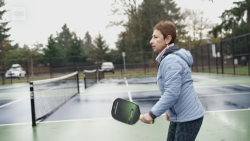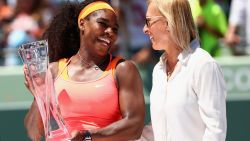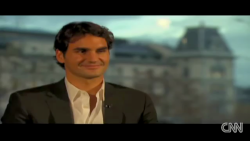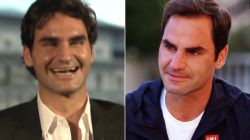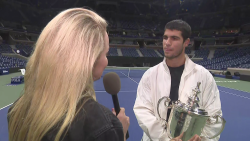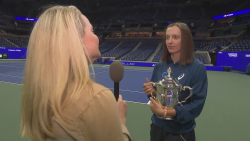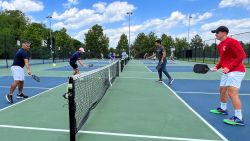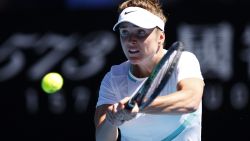The way Roger Federer was talking ahead of his battle against Rafael Nadal at the French Open, you would think something especially crazy has to happen for Spain’s “King of Clay” to lose their semifinal.
“Every match needs to be played before it’s decided, and that’s exactly what everybody believes by facing Rafa,” Federer, the 20-time grand slam winner, told reporters. “They know it’s going to be tough but you just never know.
“He might have a problem. He might be sick. You might be playing great for some reason and he is struggling. Maybe there’s incredible wind, rain, 10 rain delays.
“You just don’t know.”
What we do know is that Federer has never beaten Nadal – who owns a record 11 French Open titles and 17 majors – in their five Roland Garros contests. Overall on clay, he trails his newly turned 33-year-old pal 13-2. Nadal holds a 23-15 advantage in the on-court rivalry that has transcended tennis.
READ: Rain complicates French Open schedule
Greatest rivalry
But something atypical might not necessarily have to happen Friday for Federer to beat the Spanish left-hander 10 years after he claimed his lone Roland Garros title.
It would unquestionably be one of the biggest wins of his career, especially as he is 37.
Federer, of course, is back in Paris for the first time since 2015, preferring to miss the clay-court major to preserve his body and focus on Wimbledon, where he has won a record eight titles.
READ: How underarm serves are making a comeback in tennis
But if Federer creates break points and increases his conversion rate, he could very well stun the lefty and progress to a first French Open final since a tight-four set reverse to Nadal in 2011.
Despite the unblemished record in Paris against Federer, only one of Nadal’s victories has been a blowout.
It was, indeed, a huge blowout in 2008, when Federer grabbed a meager four games in a 6-1 6-3 6-0 drubbing that lasted an hour and 48 minutes – exactly three hours fewer than their seismic Wimbledon clash a month later, which was also won by Nadal and is often revered as one of tennis’ greatest ever matches.
Visit CNN Sport for more news and videos
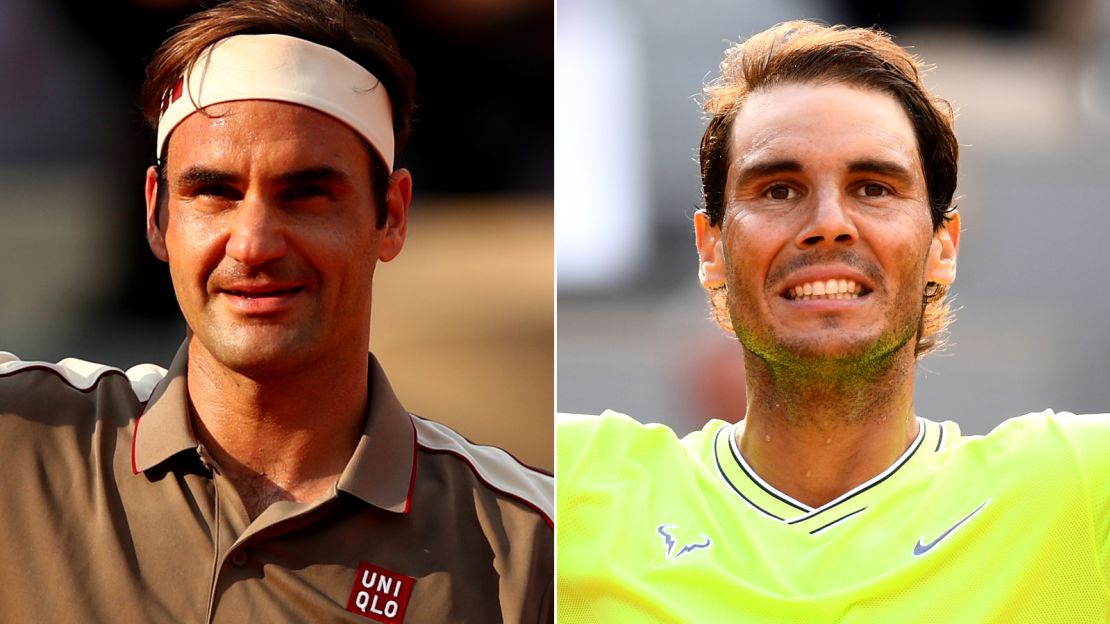
Break points key
But in their four other matches in Paris, Federer created more total break points with 54 yet only converted 15 times or 28%. Nadal by contrast earned 50 break points but converted 24 times or 48%.
Even though Federer went an eye-catching 2-for-18 against fellow Swiss Stan Wawrinka in the quarterfinals Tuesday, he lifted his level in the two tiebreaks that heavily influenced the outcome.
Federer also enters the match against Nadal holding an unprecedented five-match winning streak in their head-to-heads. There are additionally no fresh scars from any clay-court losses since their last duel on the surface came in Rome in 2013.
“What I will do is try to do my best so that the victories I have won on this surface against him count for something,” said Nadal. “And he will do his utmost to make sure that his latest victories against me have their weight. And so we’ll see.”
Two days between the quarterfinal and semifinal – their half of the draw began first, a bonus with the inclement weather that has wreaked havoc with the other half – gives Federer not only time to recover from the three-and-a-half hour outing against Wawrinka but more time to practice against a left-hander.
Nadal will be the first left-hander he has confronted this tournament and first since Fernando Verdasco in February in Dubai.
“For me it’s a complete switch around,” said Federer. “Just the way the ball goes out of your strings with different spins, it’s just different.
“So you have to get used to that quickly. Don’t have much time to waste.”
Net approaches
Federer accumulated an elevated 60 points at the net against Wawrinka and the tactic mostly paid off. He got joy against Wawrinka serving and volleying on second serves, most notably in the pivotal third set.
He will probably continue to move forward and offer up a drop shot or two instead of remaining on the baseline and rallying with Nadal, who like Federer has dropped a solitary set so far during the fortnight. Nadal, however, is a superior defender than Wawrinka.
“The level of tennis that you need to play always is the highest against Federer,” said Nadal. “And I am playing well, but I need to play very well against him. I hope to be ready to make that happen.”
When Wawrinka was asked for a prediction, he played it safe: “I cannot see the future.”
He is friends with Federer and has a healthy dose of respect for Nadal, too, not to mention knowing the latter’s record at Roland Garros. Nadal crushed him in the 2017 final.
But he said he will be watching on Friday, like hundreds of thousands, if not more, around the world.



